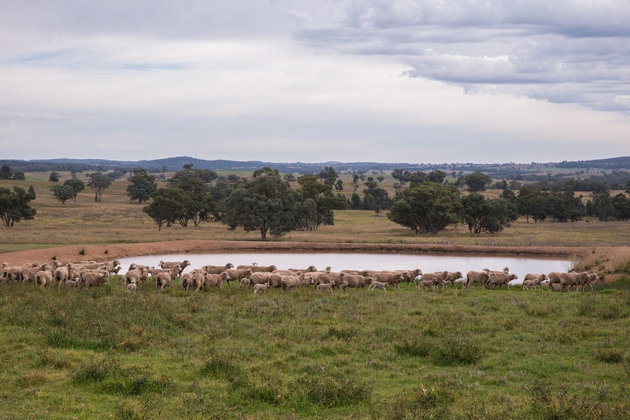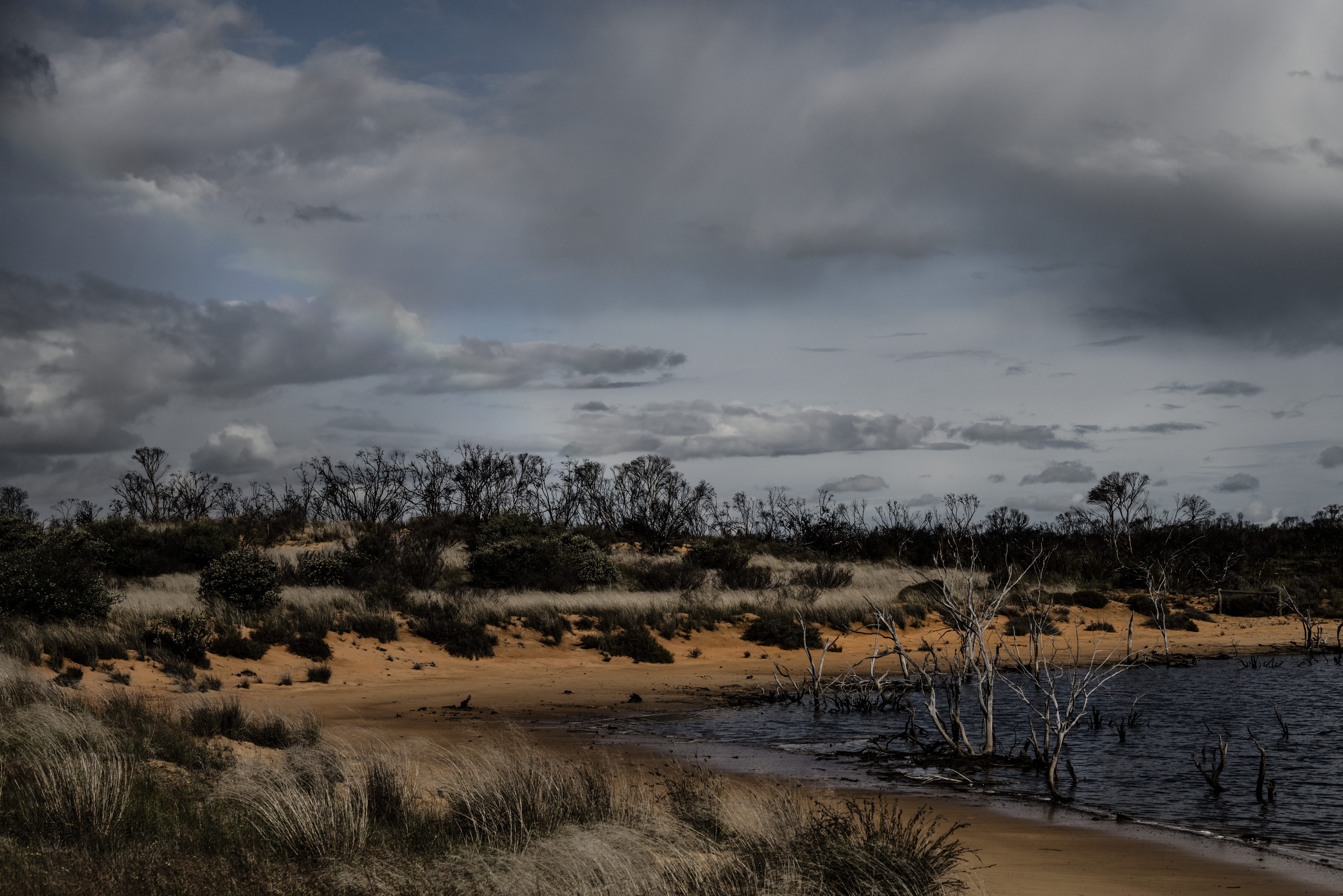What to look out for with stock water quality and some tips to help

Don’t let water quality slip through the cracks
Access to good quality water should be our number one priority as woolgrowers for our sheep to be healthy and productive. No matter how good the feed is that you are providing your sheep, the water needs to be right otherwise it will be for nothing.
During the current dry period, declining water quality is a common issue for most of us, particularly due to higher salt levels from all the evaporation over the long summer and autumn. It's important to keep in mind that different sheep respond better or worse than others to poorer water quality, and that there are some simple steps that we can all take to give your more at risk stock access to better quality water.
How much do your sheep actually need and common water quality issues to consider
Water requirements can vary quite a lot depending on feed types (e.g., dry or green) and the salt content of your feed. Ewes that are lactating need more than dry ewes. In hot weather and if your stock are walking around a lot more to get their feed then they will also need more water. Lactating ewes would currently require up to 14 litres of water per day whereas your weaners would need a maximum of 5 litres per day.
Tolerances to poorer water quality also varies. Young and pregnant or lactating ewes are generally less tolerant of salty and poor quality water than mature dry sheep. So if you have some paddocks with water that isn’t great quality then try and keep your young and pregnant or lactating ewes well away from these paddocks. If your animals are grazing salty feed e.g., saltbush, then they won’t be able to tolerate salty water.
Make sure to consider variations in water quality from different sources and paddocks e.g., dam, bore, mains. Changing water source type can put stock off drinking enough which can set them back. Stock on salty water will lose condition quickly from reduced appetite, scouring and the loss of good microbes from the rumen. Water sources can also vary in salinity levels and therefore quality all year round due to evaporation and varying water table levels. So a water quality test that you may have done 6 or 12 months ago or longer won’t necessarily be the same today.
Palatability or pH of the water also has an impact on your livestock health. If the water is too acidic you can get problems with acidosis and reduced feed intake. If the water is too alkaline you can have digestive issues and scouring along with reductions in feed conversion and intake. Contaminants such as blue-green algae, debris, dead animals, chemicals, fertilisers and heavy metals can also result in toxins causing significant health issues. As best you can, try and keep your water cool with water pipes buried deep underground and where possible shaded water sources, and where possible keep the water odourless and clean so that the stock aren’t put off.
What to do if you think that you have some water quality issues?
The first step is to go and get a water quality test done so that you know what you are dealing with. Then think about your stock allocation to water sources so putting your younger and pregnant or lactating stock in paddocks with better water sources, and leaving the poorer water sources to the stock who can handle it better e.g., dry wethers or ewes. Consider mixing better quality sources with poorer water sources to improve overall quality and supply. If you’re in a position of carting in mains water from town, then consider mixing this with some of your better quality water on the farm so that your stock aren’t put off from the smell of the new water.
Contact your local DPIRD office for water quality testing.
Samples for water testing should be at least 500 mL in a clear glass or plastic bottle, with the bottle and cap previously rinsed three times with the water to be sampled. Where possible collect samples of bore water directly from the outlet rather than from a holding tank, and after pumping for some time.
The water samples from dams should be representative (not stagnant water from the edge). To measure water salinity from deeper levels, use a water bottle wired to the end of some PVC pipe: dip the upside-down bottle into the water and when at the desired level, turn the bottle upright so that it fills with water. By collecting samples at the surface and at lower levels you can determine present and future risk to livestock from excessive salinity.
For more information check out the following resources:
- SheepConnect SA '10 minute talks' with Emma Shattock (Elders) talks Water Quality
- Water quality for livestock
- Livestock water requirements and water budgeting for south-west Western Australia
Georgia Pugh, AWI Extension WA






